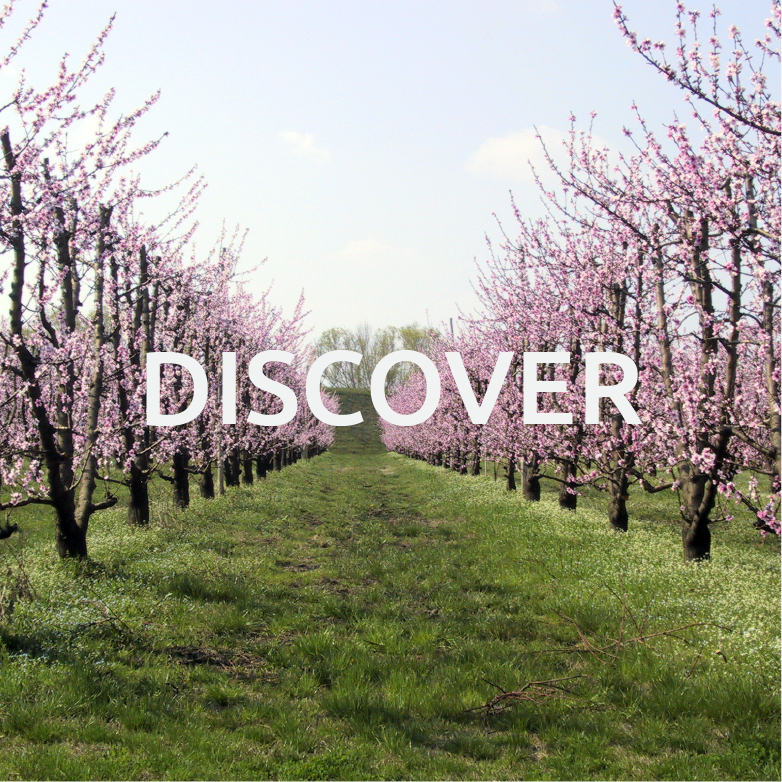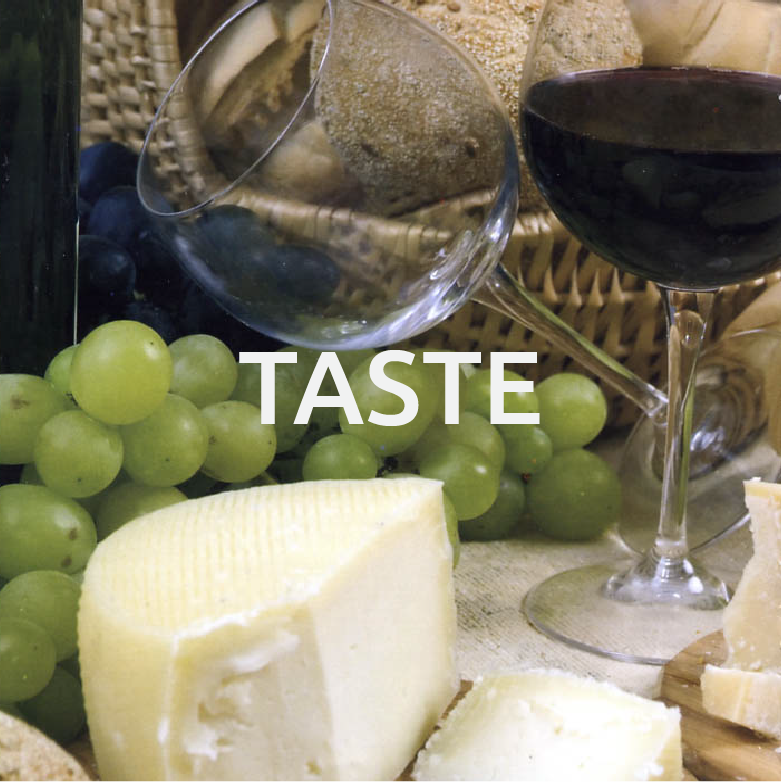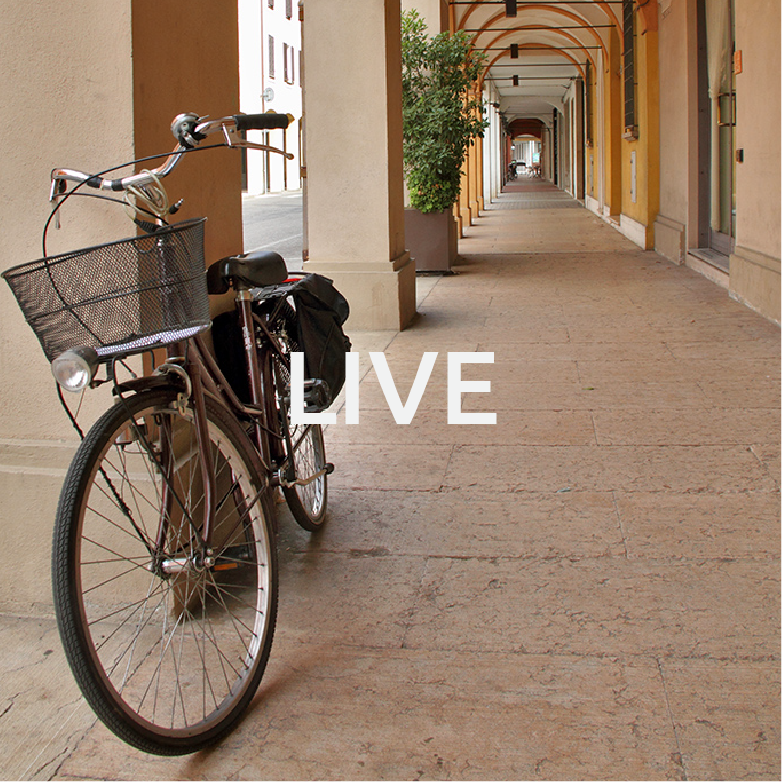Lugo’s trade fair (la fiera) dates back to at least 1497 and its peak was in the 18th century, when its products were of particularly high quality and its fame was known also outside Italy. Cattle represented one of Lugo’s trade excellences.
From the Middle Ages till the 18th century
Archival documents and oral tradition reveal that the local trade fair has a connection with the cult of Beata Vergine del Molino, which is celebrated on August the 15th. Originally the fair was held just outside the church built in 1497 to celebrate the Madonna on the road leading to S.Agata.
In 1598 Lugo and Romandiola ceased to be ruled by the Este (who had particularly favored trade in Lugo with several tax exemptions) and became part of the Papal States, who enforced several new rules on the economic life of the community, which was however supported with the concession of some privileges explicitly connected to the fair.
Documents related to this period stated that the fair was held from August the 15th till the 22nd.
During the 17th and 18th century Lugo’s fair expanded substantially and became more important than the one in the near Faenza. Indeed, as one of the main trade fairs in the region, it attracted traders from the whole of north Italy as well as from north Europe (in particular from France and Germany).
In 1752 Pope Benedict XIV moved the start of the fair forward (August 20) and made some changes to the way it was organised.
From the end of the 18th century till Fascism
The end of the 18th century was a period of great changes in Lugo and its town centre. The large market square known as Pavaglione (designed by Petrocchi and partly by Campana) was erected, bringing substantial changes to the appearance of the town and to its commercial and social life.
During the French rule of the town the trade fair underwent substantial changes; its start date was moved to August the 31st and its length spanned across the whole month of September.
Despite the fair’s success in 1801 it was not held for various reasons; however it continued to prosper over the course of the century and was accompanied by an exciting opera and theatre programme which contributed to attract visitors. Meanwhile, the weekly market on Wednesday grew stronger, together with the silkworm market held in May and June.
In 1890 the fair ceased to exist and didn’t return until 1948.
After World War II
The fervor of post-war reconstruction contributed to the rebirth of the trade fair, which was held in 1948 with great investments, which didn’t however corresponded to equal earnings. After some time the fair suffered a financial crisis.
Recent decades
The economic and commercial life of Lugo struggled to accept the disappearance of the trade fair, because it represented a promotional event that complemented the strong weekly market taking place all year round.
In 1963 a group of local business people set up a committee named “Comitato per l’incremento dell’industria e artigianato nel comprensorio economico lughese”, with the aim of supporting and improving local trade opportunities and giving visibility to the local economy.
In June 1965 (from the 13th till the 20th) the Pavaglione hosted the first “Rassegna dei prodotti dell’Industria, dell’Artigianato e dell’Agricoltura del Comprensorio economico lughese”; it went on to become a biennal event that is still currently hosted in Lugo.




